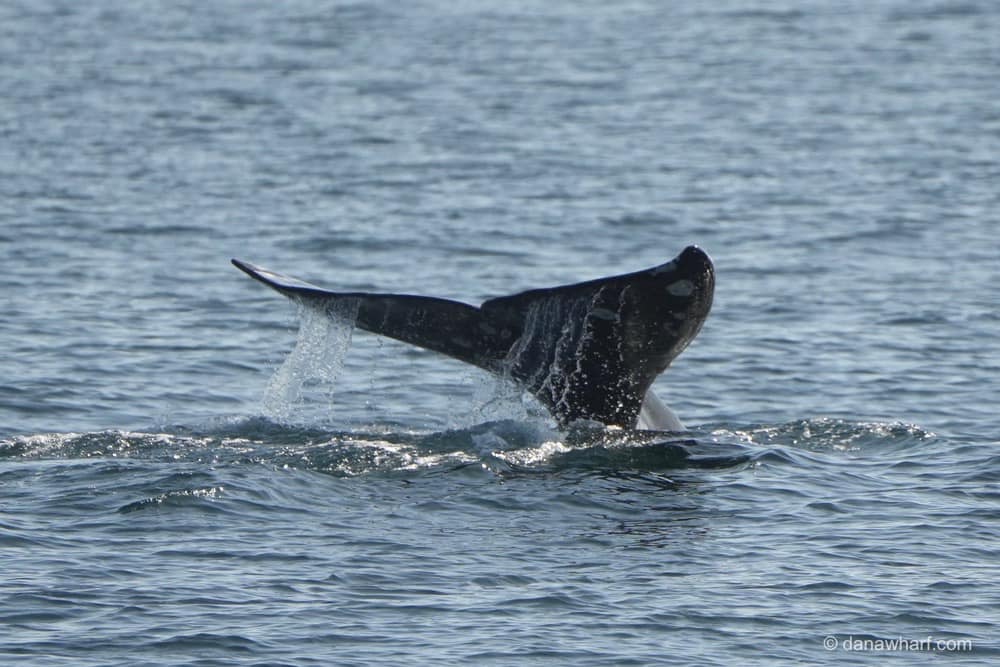How Deep Can Whales Dive? Insights into Cetacean Diving Capabilities

The ocean is a vast and mysterious world, and few creatures capture our imagination quite like whales. These giants of the deep have fascinated humans for centuries—not just for their sheer size, but for their incredible diving abilities. Have you ever wondered how deep whales can dive and what makes it possible? Let’s take a deep dive (pun intended) into the world of cetaceans and explore their remarkable underwater skills.
The Wonders of Whale Diving
Whales are built for the ocean in ways that most of us can barely imagine. Unlike humans, who need specialized gear to explore the deep sea, whales have evolved to make extreme dives look effortless. These deep dives aren’t just for fun—they help whales find food, avoid predators, and navigate their vast marine world.
Evolutionary Adaptations for Diving
Millions of years of evolution have shaped whales into some of the most capable divers on the planet. Their bodies have adapted in remarkable ways:
- Streamlined Shape: A whale’s body is designed to glide through water with minimal resistance, making deep dives more efficient.
- Dense Bones: Unlike many marine animals, whales have dense bones that help them withstand the immense pressure of the deep ocean.
- Blubber for Insulation: The thick layer of fat beneath their skin helps them maintain body temperature in icy waters.
How Do Whales Breathe and Store Oxygen?
You might think that because whales breathe air like we do, they’d need to resurface constantly. But their bodies are uniquely adapted to store and use oxygen efficiently:
- High Myoglobin Levels: Myoglobin is a protein that stores oxygen in muscles, and whales have a lot of it. This allows them to hold their breath for extended periods.
- Efficient Circulation: When whales dive, their bodies redirect blood to essential organs like the heart and brain while reducing flow to non-essential areas.
- Anaerobic Metabolism: Whales can function without oxygen for extended periods by switching to anaerobic metabolism, which produces energy without needing fresh oxygen intake.

How Deep Do Different Whale Species Dive?
Not all whales are built for extreme depths. Some species, like humpbacks, stay closer to the surface, while others, like sperm whales, can venture into the abyss. Here’s how some of the best-known species compare:
Sperm Whales: The Deep Dive Champions
Sperm whales are the undisputed deep-diving kings. They regularly dive to 3,000 feet (900 meters) and have been recorded reaching depths of over 10,000 feet (3,000 meters)! These dives can last up to 90 minutes, allowing them to hunt for deep-sea squid in near-total darkness.
Want to see sperm whales in action? Join a Dana Point Whale Watching Tour for a chance to spot these incredible creatures.
Cuvier’s Beaked Whales: The Record Holders
While sperm whales are well-known for their deep dives, Cuvier’s beaked whales hold the record for the deepest recorded dive of any mammal—nearly 10,000 feet (3,000 meters)! Scientists are still trying to understand how they withstand such extreme pressure.
Humpback Whales: Strategic Shallow Divers
Humpback whales don’t dive nearly as deep, usually staying within 500 feet (150 meters) of the surface. Instead of deep-sea hunting, they use clever feeding techniques like bubble-net feeding to trap fish in shallower waters.
Want to see humpbacks up close? Check out Dana Wharf’s Blue Whale Watching Tours during peak migration seasons.
Why Do Whales Dive So Deep?
Whales don’t dive for fun—they dive for survival. Here’s why:
Hunting for Food
Deep-sea creatures like squid and fish are the main food sources for many whale species. By diving deep, whales can access these food-rich areas far below the reach of most predators.
Avoiding Predators
Diving deep helps whales escape threats, including orcas and human activities like ship traffic and fishing nets. The deeper they go, the safer they are.
Navigating the Ocean
Whales use deep diving as part of their migration, relying on Earth’s magnetic field and underwater landmarks to find their way.
How Scientists Study Whale Diving
Studying whales isn’t easy, but modern technology has given scientists new tools to uncover their secrets.
Tagging and Tracking
Researchers attach satellite tags to whales to monitor their movements, recording data like depth, duration, and speed. This technology has revealed just how incredible their diving abilities truly are.
Read more about whale research on the Dana Wharf Blog.
Understanding Whale Physiology
Scientists have discovered that whales have unique adaptations to withstand deep-sea pressure, including flexible rib cages that collapse during dives to prevent lung damage.
How Can We Protect These Incredible Divers?
Despite their incredible adaptations, whales face increasing threats from human activity. Here’s what we can do to help:
Support Marine Conservation Efforts
By backing organizations that protect whale habitats, we can help ensure these animals continue to thrive.
Reduce Ocean Pollution
Plastics and pollutants in the ocean harm marine life, including whales. Small actions—like using reusable bags and bottles—can make a big difference.
Choose Responsible Whale Watching
If you’re planning a whale-watching trip, choose ethical tours that respect whale habitats.
Book an eco-friendly Dana Point Whale Watching Tour today.
Join the Community of Ocean Lovers
Whether you’re a first-time whale watcher or a lifelong marine enthusiast, there’s always more to learn about these magnificent creatures.
Share your whale-watching experiences with us using #DanaWharfWhaleWatching on social media!
By understanding and appreciating these deep-diving giants, we can help protect them for future generations. So, next time you look out at the ocean, remember—somewhere beneath the waves, a whale is making an epic dive into the deep. 🌊🐋
